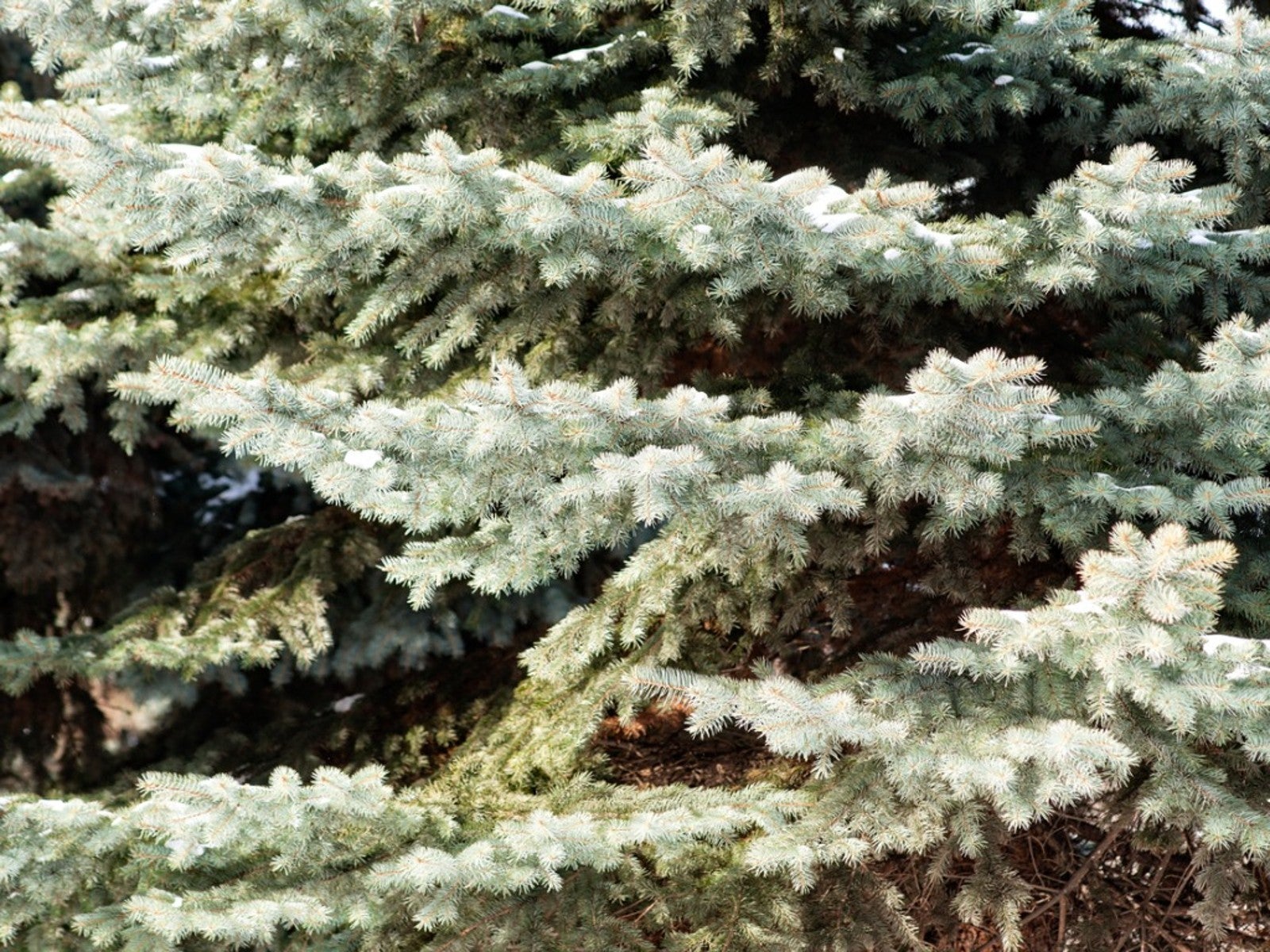Engelmann Spruce Information – Where Do Engelmann Spruce Grow


Where do Engelmann spruce grow? The highest, coldest forest ecosystems in the west, those with long, cold winters and short, cool summers -- these are Engelmann spruce (Picea engelmannii) territory. These tall, long lived trees also grow in lower elevations in localized frost pockets along river bottoms. If you live in a cold zone, these trees might just be your neighbors. Read on for more Engelmann spruce information.
Where do Engelmann Spruce Grow?
Engelmann spruce trees are large, narrowly pyramidal evergreen trees that can reach heights of over 100 feet (35 m.) tall. They have gray brown or russet bark, ascending or horizontal branches and bluish green four-sided needles.
Here are facts about Engelmann spruce’s native range: The trees grow in the wild from central British Columbia and southwest Alberta, south through the Cascade Mountains of Washington and Oregon and eastward to the Rocky Mountains. They are hardy to USDA plant hardiness zones 2 or 3.
Engelmann spruce trees prefer well-draining loam soil that is slightly acidic. The seeds require at least 40 percent shade to germinate and mature trees do better in shade as well.
Engelmann Spruce Tree Uses
Engelmann spruce tree uses include producing lumber. The wood of this spruce is fairly soft and low in resin. Much of it contains knots, which makes it more appropriate for pulp than for high-grade lumber. However, lumber from Engelmann spruce trees has been used for construction, pre-fabricated wood products, and plywood.
Have you ever had an Engelmann spruce as a Christmas tree? They are widely used for holiday trees. Left in place, they also serve to stabilize vegetation in the Rocky Mountains.
Engelmann Spruce Information
The facts about Engelmann spruce longevity are amazing. These trees are exceedingly long lived, continuing to grow steadily for hundreds of years. Dominant spruce trees are often up to 450 years old and it is not unusual for Engelmann spruce to live for 600 or even 800 years!
Sign up for the Gardening Know How newsletter today and receive a free copy of our e-book "How to Grow Delicious Tomatoes".
You might think that the soaring trees of Engelmann spruce have deep roots, but that isn’t the case. Their root systems are shallow, making the trees vulnerable to falling in high winds. The risk increases when the stand is opened up by cutting trees.
Trees that topple in the wind can be attacked by the spruce borer, which can lead to a borer attack in living trees as well. The western spruce budwood is another pest that attacks these trees.

Teo Spengler is a master gardener and a docent at the San Francisco Botanical Garden, where she hosts public tours. She has studied horticulture and written about nature, trees, plants, and gardening for more than two decades, following a career as an attorney and legal writer. Her extended family includes some 30 houseplants and hundreds of outdoor plants, including 250 trees, which are her main passion. Spengler currently splits her life between San Francisco and the French Basque Country, though she was raised in Alaska, giving her experience of gardening in a range of climates.